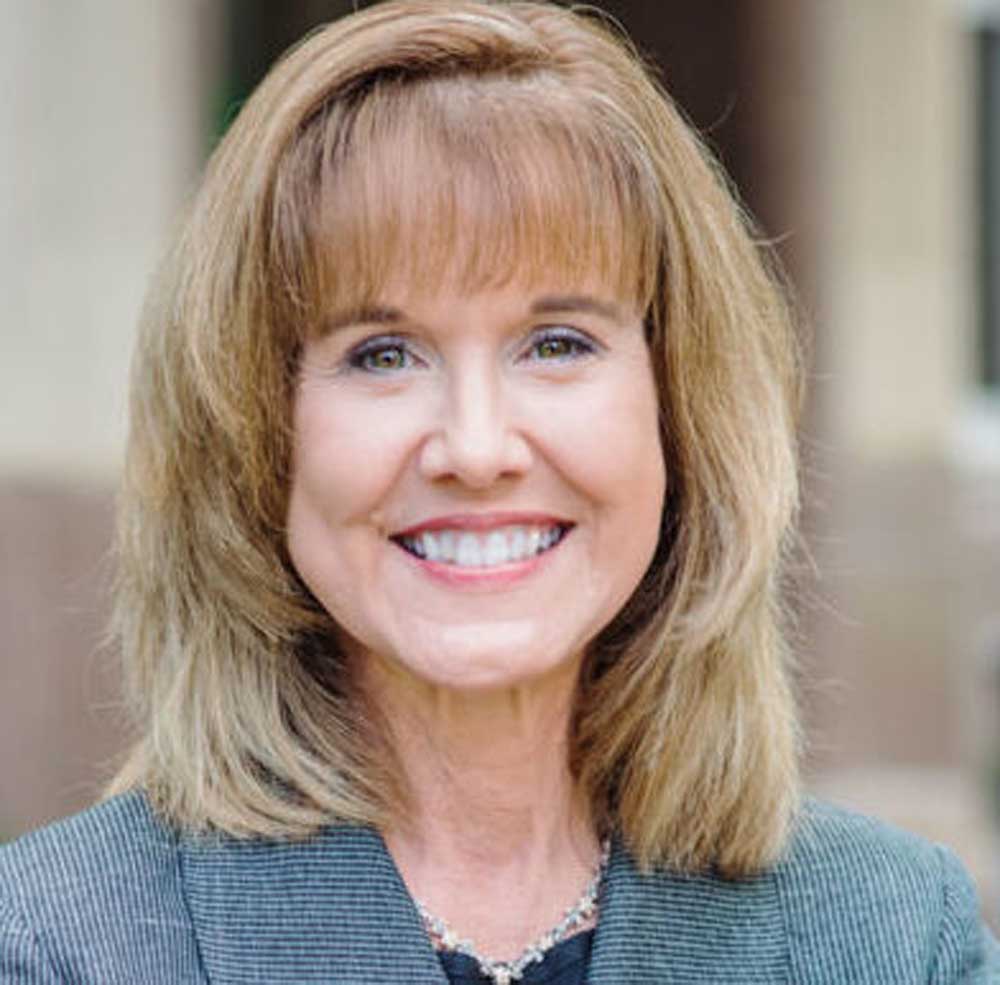Lee: Innovation, choice in public schools drive East Texas forward
Published 6:00 am Friday, October 6, 2023

- Deann Lee
Our East Texas public school students are the future of Texas. The investments we make in our youngest East Texans and their public schools impact our local communities and our state in far-ranging ways.
From the deep piney woods in the southeast to the dairy farms of the north, our East Texas public schools are part of the 5.4 million Texas students and 700,000 teachers and school employees who make up one of the largest and most diverse public school systems in the country.
Trending
Unfortunately, even with a record-setting $33 billion budget surplus, state leaders in Austin are underfunding our schools. Texas presently ranks in the bottom 10 nationwide for per-student funding, around $4,000 per student under the national average.
Investing in our students isn’t just about books, teachers, and brick and mortar buildings, it’s about cultivating our future workforce. Here in East Texas, many of the local districts and major employers are keenly aware of the importance of ensuring students are career-, college- or military-ready.
Cumby ISD in Hopkins and Hunt counties is driving industry and school innovation with their P-TECH program and Grow Your Own initiatives that combine career technical education (CTE) with early college courses for high school students. It’s creating a pipeline of educated students for the workforce and for the local community.
Companies like Lockheed Martin work closely with Diboll ISD on engineering-focused STEM and CTE courses and internships, while Hallsville ISD and Eastman Chemical Co. partner to prepare students for technology careers in the pipeline industry.
Kilgore ISD is another example of forward-thinking, student-centered education through its partnerships with local and regional employers and trades.
Recently, Raise Your Hand Texas and the economic development corporations of Gilmer, Henderson, Kilgore, Longview and Marshall convened From the Schoolhouse to the State House, an event aimed at further alignment of public education, local workforce needs and economic development.
Trending
These local public school initiatives are also providing students and their families with more choices and innovative opportunities for their education.
That’s why fairly and fully funding our public schools first is so vitally important, especially as so many are running a deficit budget this year. While money matters for our public school students and teachers, many in our Texas Legislature are driven more by politics than what matters most to East Texans — strong public schools and investment in our local communities. The state must increase the basic allotment for our public schools to ensure our students and teachers receive the funding they need for high-quality education.
This month, state lawmakers will be back at the state capitol in Austin. Once again, well-funded, out-of-state interests will try to tie public school money to school vouchers or Education Savings Accounts (ESAs). What they don’t want you to know is that voucher programs fail to deliver on promised academic improvements.
Recent research of some of the longest and largest voucher programs in the United States shows these programs do not improve student test scores or academic achievement over time, and what’s worse they have a negative impact on college enrollment and completion rates for disadvantaged students.
Vouchers and ESAs also shift already limited money away from the schools and teachers that educate Texas students and prepare our future workforce. Rural schools are especially harmed by voucher schemes.
East Texans love our public schools, a sentiment echoed by large margins of Texans all across our state, according to recent Charles Butt Foundation polling. We know the future of Texas is in our local public schools.
Let’s send a message to Austin to fully and fairly fund our students and their teachers first, not divert more money to ineffective, unaccountable schemes that will harm our rural communities most.






